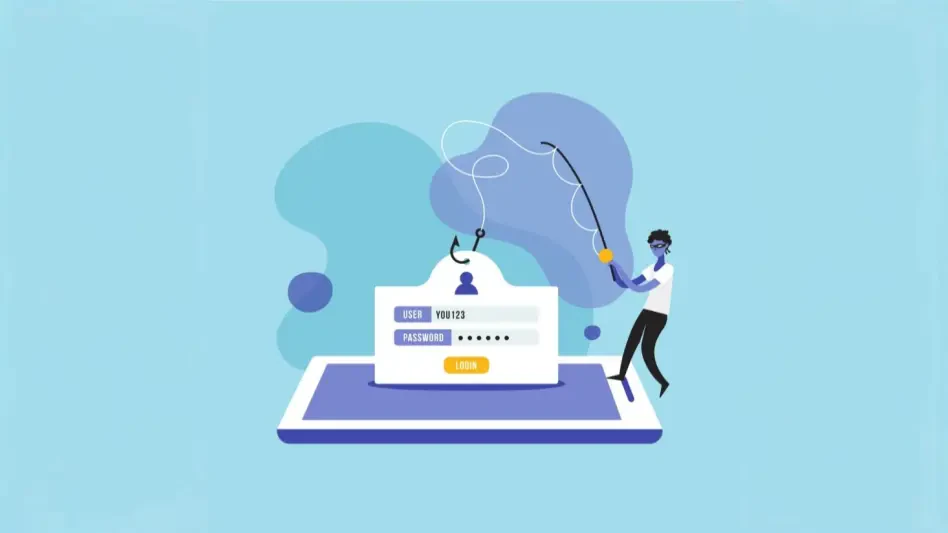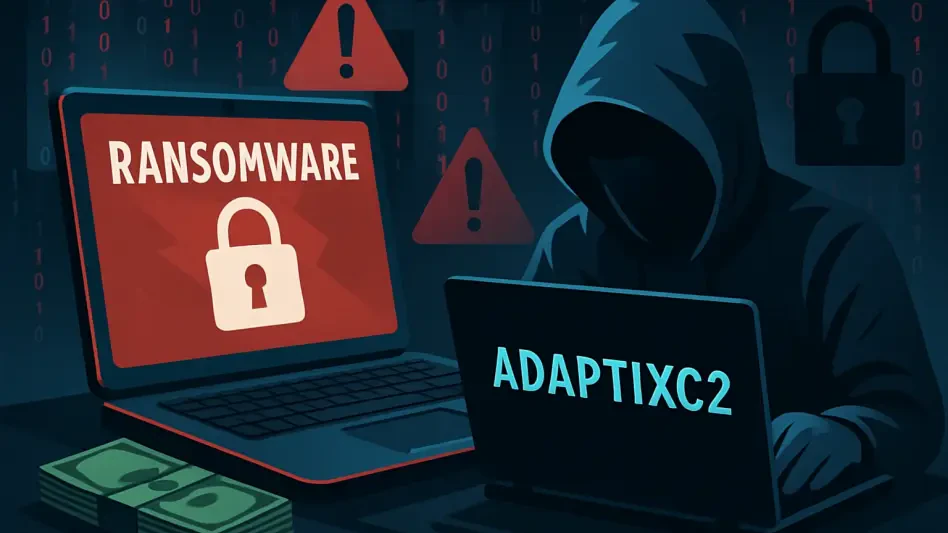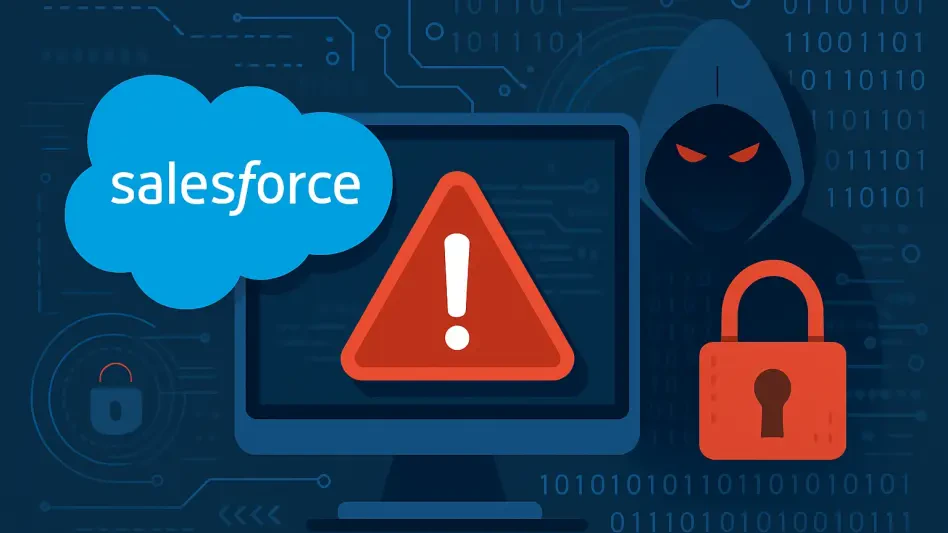Phishing attacks have become more sophisticated than ever as cybercriminals employ increasingly complex techniques to ensnare unsuspecting victims. Recently, a new wave of phishing campaigns specifically targeting Microsoft Office 365 users has been identified, showcasing unprecedented complexity. Unlike traditional phishing efforts, this campaign leverages encrypted HTML files, content delivery networks (CDNs), and malicious npm packages to dodge detection and steal login credentials. By employing Advanced Encryption Standard (AES) encryption, it effectively conceals its payload, signaling a shift in the methodologies embraced by threat actors. Its discovery marks a turning point, being the first documented instance where these advanced techniques are used in Microsoft Office 365 phishing attempts. The integration of open-source repositories in such endeavors demonstrates a significant evolution of phishing practices, urging heightened vigilance among organizations and individuals alike. This emerging trend is not only alarming but necessitates advanced threat analysis capabilities and constant awareness to ensure defense efficacy and rapid responsiveness in cybersecurity.
Sophisticated Techniques and Encrypted Mechanisms
The phishing campaign begins with an ostensibly innocent email that includes an attachment labeled “EFT-PMT.htm,” supposedly containing payment details. Upon opening the HTML file, an encrypted string initiates a script that connects to an npm package hosted on jsDelivr, a legitimate CDN, effectively masking the harmful activity. This particular npm package, identified as version “citiycar8” 2.1.9, contains a JavaScript file where victims’ email addresses are stored, setting the stage for personalized future phishing attacks. The utilization of legitimate development infrastructure to embed malicious code within a package showcases the strategic orchestration of this phishing endeavor. This methodological approach reflects a concerning trend across the digital landscape that targets both technical and non-technical users, exploiting common tools to propagate malicious schemes. What distinguishes these methods is not merely their use of encryption or legitimate CDNs but the seamless manner in which they integrate into everyday digital interactions, making detection increasingly difficult.
Evolving Threats and Multi-Stage Attack Mechanisms
The complexity of the campaign is further underscored by its multi-layered infection mechanisms, which involve redirecting victims through several URLs before presenting them with a compelling replica of the Microsoft Office 365 login page. Such intricacies illustrate an advanced phishing system designed to imitate trusted environments closely, thereby enhancing its success rate. These campaigns employ contingency measures, such as updated URLs in package version 2.1.10, which protect the attack’s continuity from dismantlement efforts directed at earlier infrastructure setups. This element of adaptability signifies the evolving sophistication of cybercriminal tactics, highlighting their relentless pursuit to refine methods that outwit security provisions. As phishers continue to innovate, organizations must equip themselves with robust threat identification systems capable of promptly adapting to emerging phishing infrastructures, emphasizing the need for proactive cybersecurity strategies that can respond effectively to fast-paced changes in cyber threats.
Implications and Strategic Defensive Measures
Phishing attacks are becoming increasingly intricate as cybercriminals refine their tactics to trap unsuspecting targets. A recent spike in phishing campaigns specifically aimed at Microsoft Office 365 users has been exposed, revealing a new level of sophistication. This effort stands out from traditional phishing attempts by using encrypted HTML files, content delivery networks (CDNs), and harmful npm packages to bypass security systems and capture login information. Notably, it uses Advanced Encryption Standard (AES) encryption to hide its harmful payload, indicating a shift in phishing strategies. This marks the first recorded case of such advanced techniques targeting Microsoft Office 365 users. By incorporating open-source repositories, these phishing efforts signify a significant change and emphasize the need for increased awareness among both organizations and individuals. The emergence of this trend is alarming, necessitating advanced threat assessment capabilities and continuous vigilance to maintain cyber defense preparedness and quick response to potential threats in cybersecurity.








